Day 5: Ghetto Fighters Museum and the Old City of Akko
Published: 08.04.2018
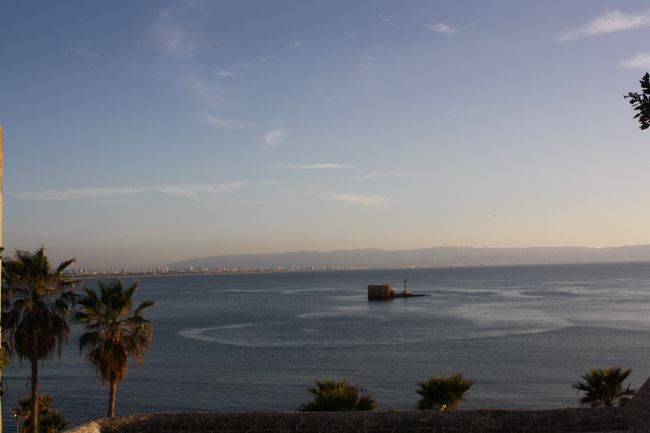
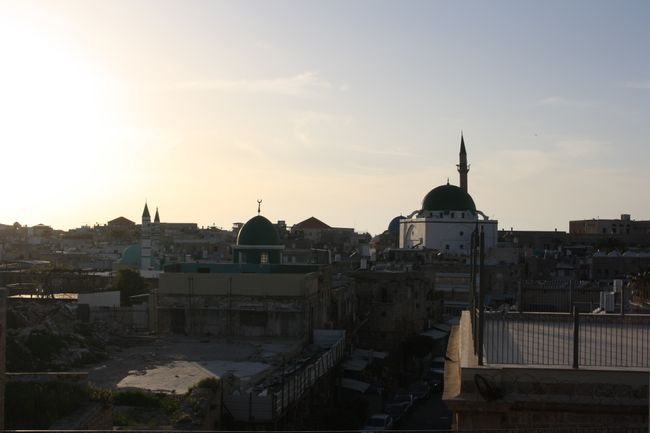
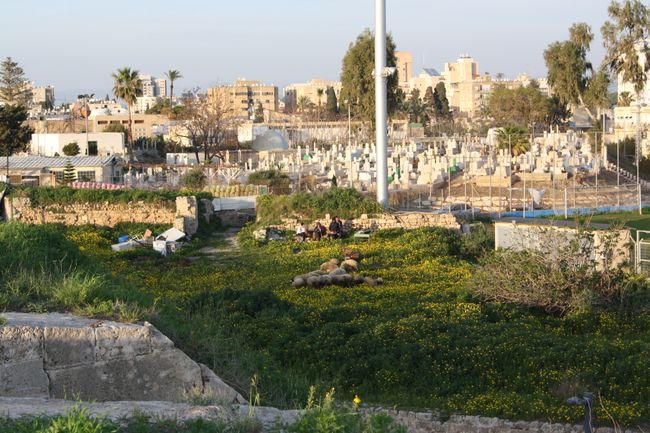
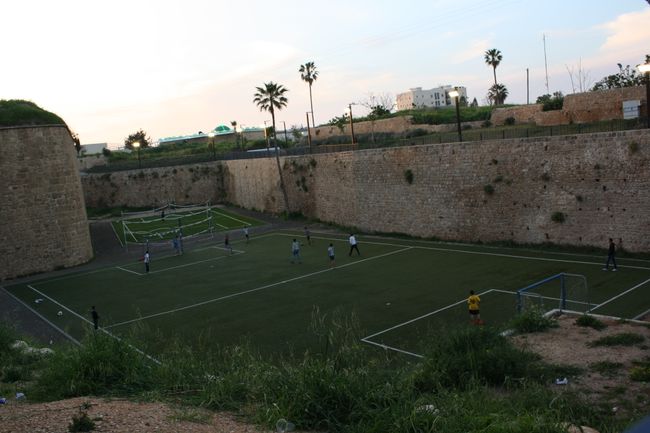
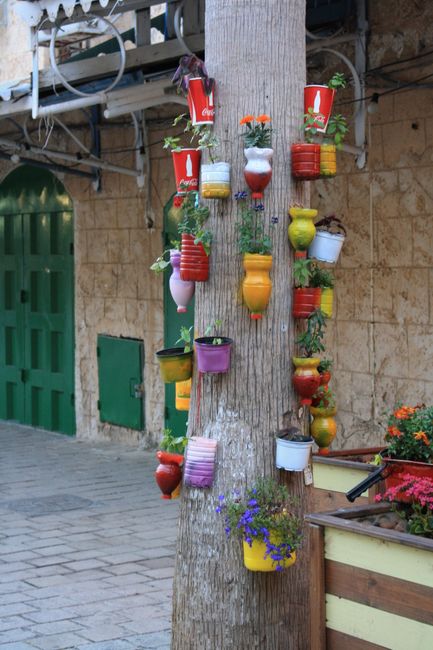
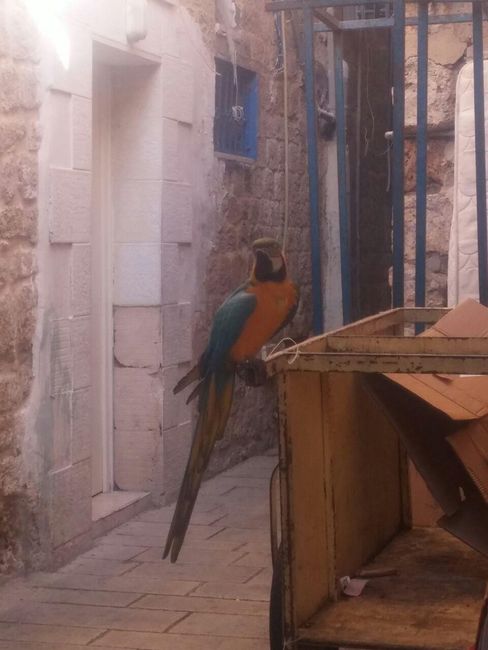
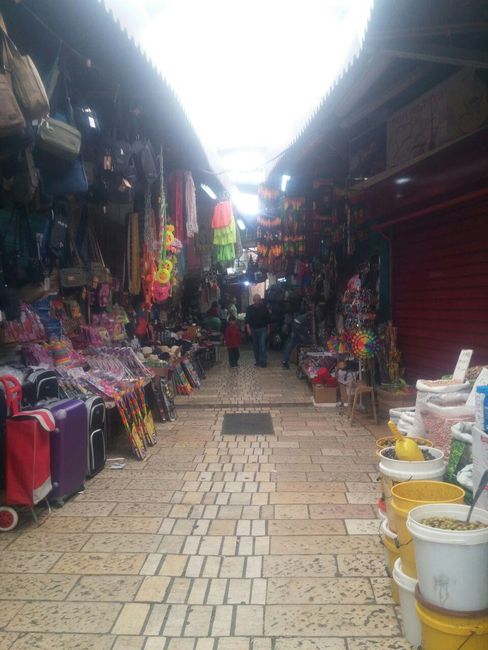

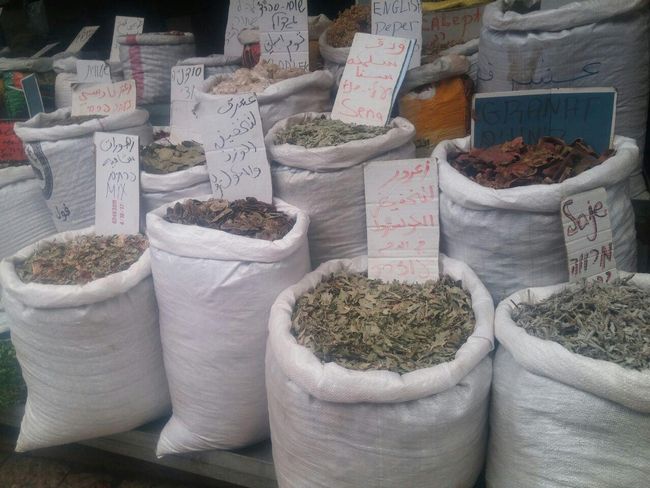
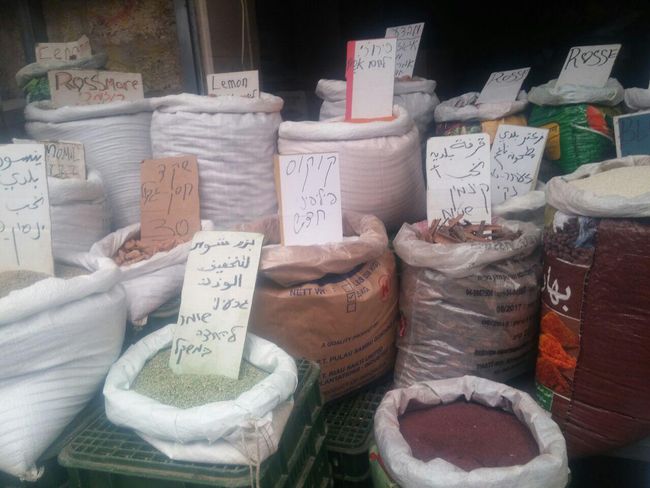
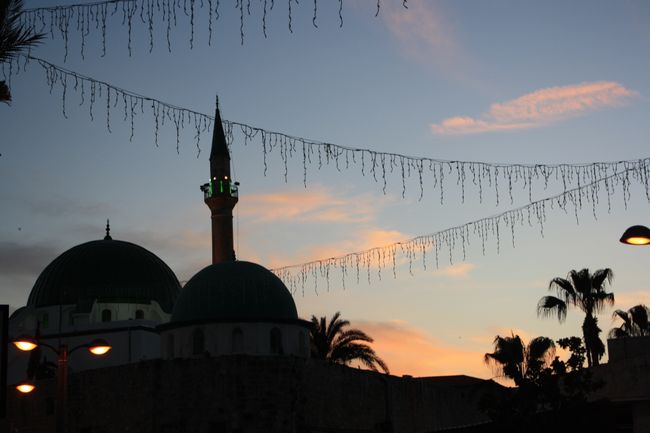
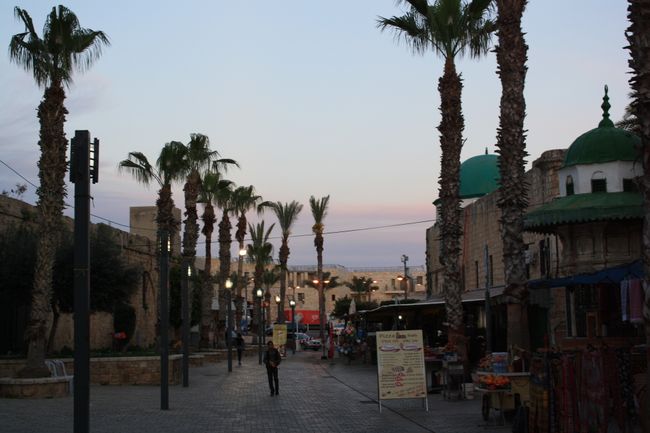
Subscribe to Newsletter
On this beautiful day, we had a lot planned, so we met early to go to the train station. We quickly bought a large pot of hummus and some bread because we hadn't had breakfast yet. As we were walking, we passed by a bakery and quickly went in to get some sweet and savory treats. When we arrived at the train station, we had to go through a small security check. Our luggage was scanned, and we had to go through a metal detector. But we were used to it, because this is common in Israel in public buildings like museums, airports, and shopping malls.
When we finally arrived at the platform, we were surprised to see the trains of the Deutsche Bahn! Yes, exactly the same ones we have at home, but in a completely different landscape. We were pleasantly surprised when we got on the train, it was clean and comfortable! Even the seat cushions were nicer here. And the best part is that train travel is really affordable here, and it's worth it to enjoy the scenery.
25 minutes later, our train ride along the waterfront ended. We got off the train and were immediately welcomed by the blazing sun and a sound that we couldn't identify at first. It sounded like an ambulance siren, only ten times louder. The sound quickly faded away, and our team leader told us that it was the rocket alarm. He also explained that in case of a real emergency, every person receives a message on their phone to alert them. Fortunately, this alarm was only a test, which had been announced in the Israeli media beforehand, as we later found out. This once again emphasized to us the conflict-ridden nature of Israel.
We then made our way to the Ghetto Fighters Museum. When we arrived, we were greeted by huge crowds of school groups. Apparently, it's a popular museum. We registered at the information desk and went to another part of the building - the children's museum. We were given audio guides and started our museum visit.
The children's museum focuses on Nazism and especially anti-Semitism from a child's perspective. At the beginning, we listened to many recorded diary entries from children who experienced Nazism. The exhibition was accompanied by films of children who survived and told their stories of escape, hiding, and fear.
A few words about the layout of the children's museum: the exhibition starts on the ground floor and continues downwards in a spiral. In one area, house walls stretch all the way up to the ceiling. Everything is packed tightly, it's almost possible to get lost here. In another area, we walk along train tracks, it's dark and the path is not clearly visible. At the end of the train tracks, you suddenly find yourself surrounded by bars, symbolizing the end of many lives in the concentration camps built by the Nazis.
After the children's museum, we go back to the main building. We're told that there is currently a traveling exhibition about Adolf Eichmann. We start with a small exhibition that briefly depicts the entire course of Nazism. The focus is on the Frank family, who hid behind a wall cupboard in Amsterdam until they were betrayed and deported to the Bergen-Belsen concentration camp. Only the father of the family survived and published his daughter's diary.
We go up another staircase and find ourselves in the exhibition on the resistance in the Warsaw Ghetto. Here, the different individuals and groups who resisted the Nazi regime and risked their lives are presented. It's very interesting to see that the entire museum focuses on resistance against the Nazis. Once again, I learned a lot here.
At the end, we visit the special exhibition on Adolf Eichmann. Before entering this room, there is another exhibition on the theories of race and the medical experiments carried out by the Nazis. Just passing by gives you chills.
The exhibition on Adolf Eichmann is in a small room. It mainly portrays the 'Eichmann trial'. Eichmann was the head of the Eichmann Department, also known as the Jewish Department. He organized the expulsion and deportation of Jews. He also dealt with the 'Final Solution to the Jewish Question'. Adolf Eichmann is responsible for the death of millions of Jews.
Eichmann survived the war and fled to Argentina. He was abducted by Israeli agents in 1960 and brought to Israel to stand trial. The exhibition shows significant parts of Adolf Eichmann's statements. According to him, he did not bear the responsibility for his actions because he was just following orders. That makes me angry. Really, really angry.
On the other hand, we can listen to statements from surviving Jews. They tell their stories of what they experienced and saw. In the middle of the room, there is a projection with many faces. In the background, you can hear recordings of people who were present in the courtroom. Thoughts spin, how can this man sitting there, looking so unremarkable, have caused so much suffering for people? He doesn't look dangerous at all, does he? Many questions are raised, few of them are answered. And probably the biggest one of all: Why?
With our heads full, we leave the museum. The sun feels good and drives the cold out of our bodies. We leave the premises and take a bus towards Akko. We stroll through the old city of Akko, explore the market, admire the view of Haifa from the old city walls, and have a meal in company of stray cats. Then we take a bus back to Haifa.
Arriving in Haifa, we sit together in a cozy circle and end the day. And we have a nice surprise! One of the few women we met at the basketball game, who lives near Haifa, joins us this evening. We talk about our experiences, exchange thoughts on all kinds of things, and spend a wonderful evening in great company.
Subscribe to Newsletter
Answer

